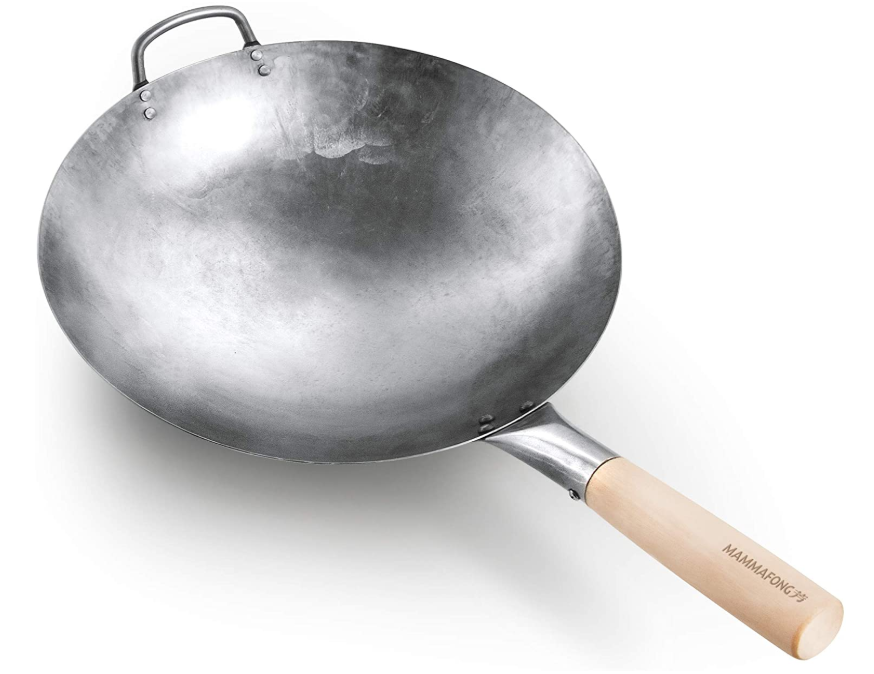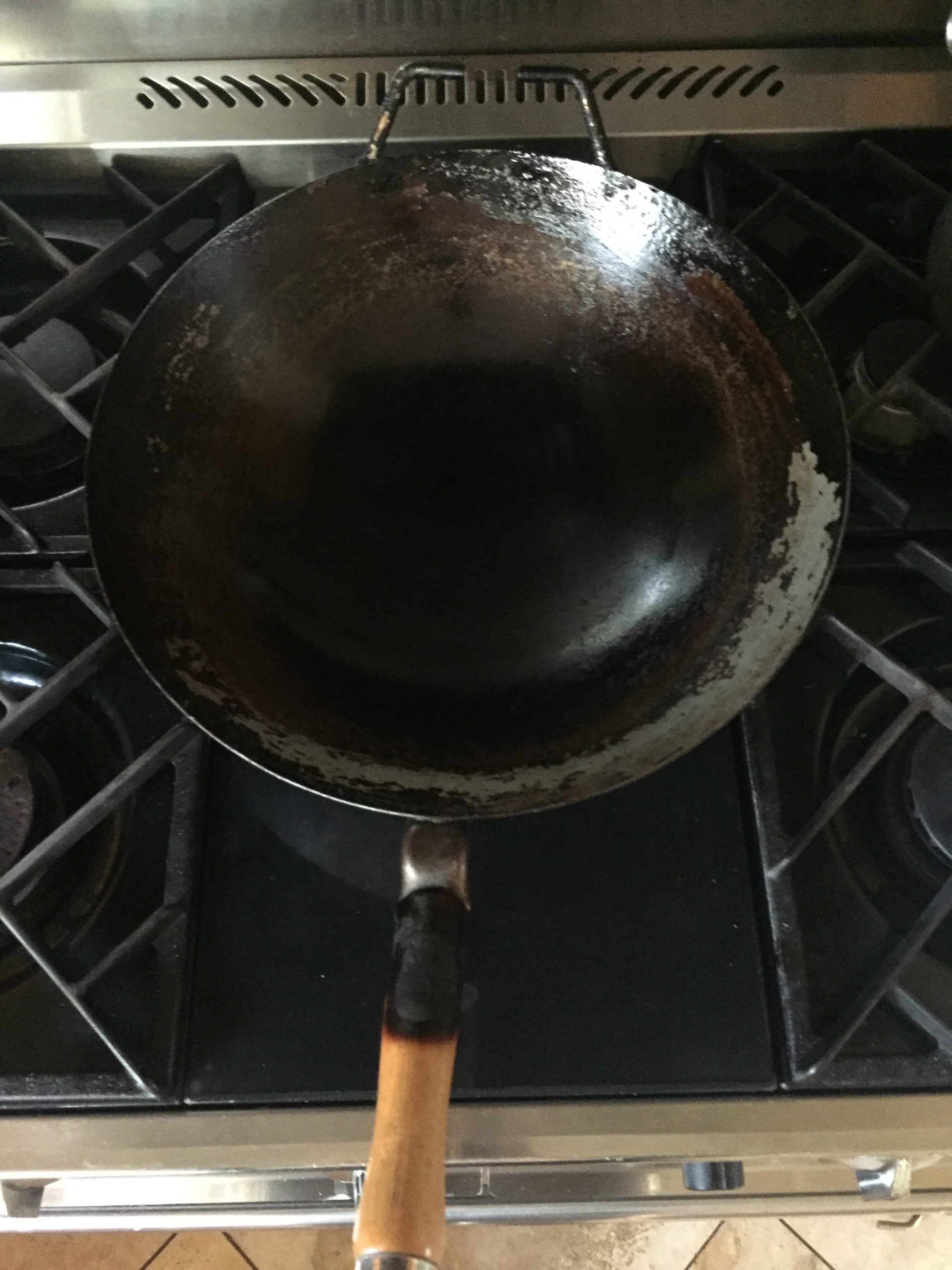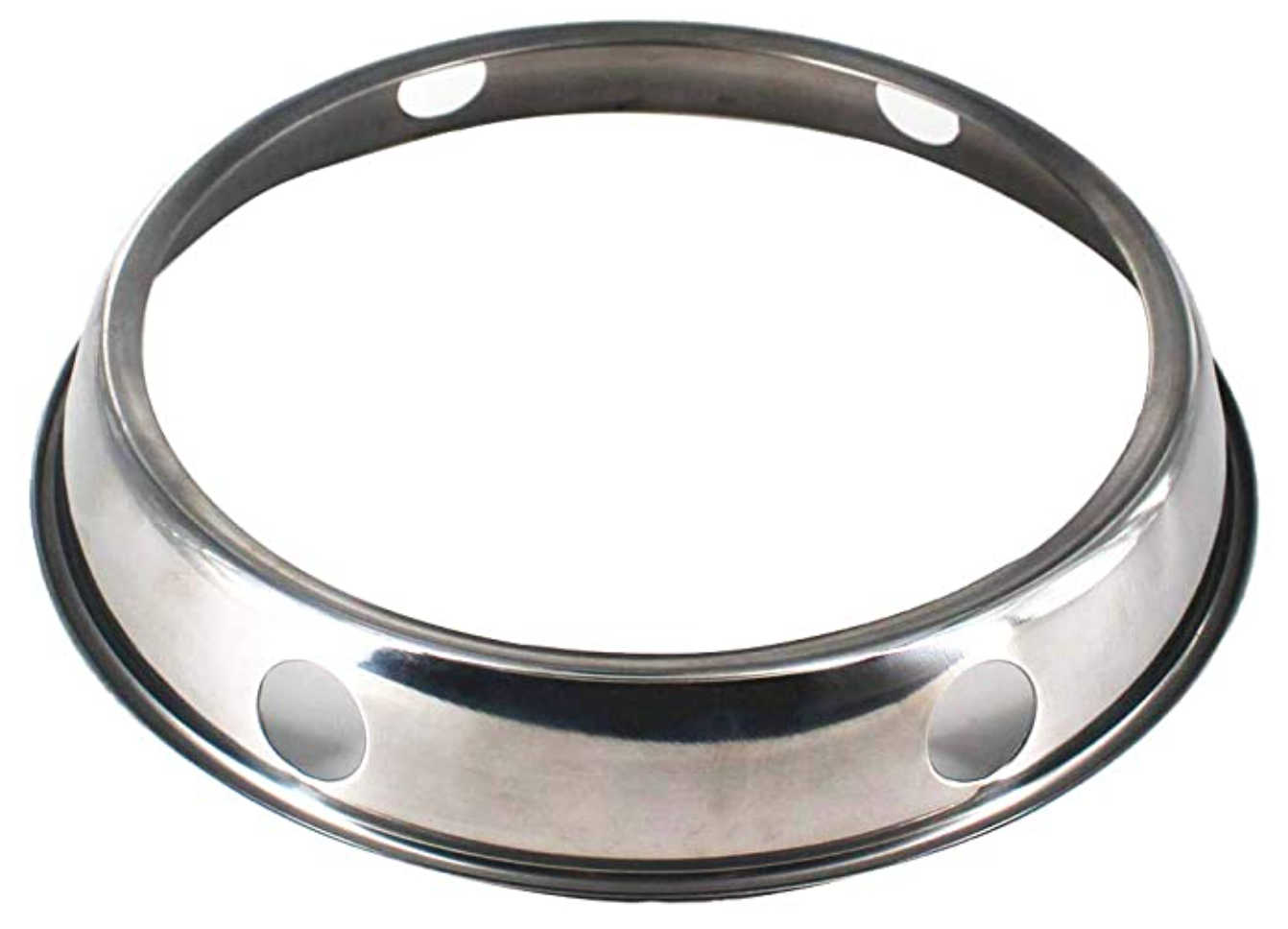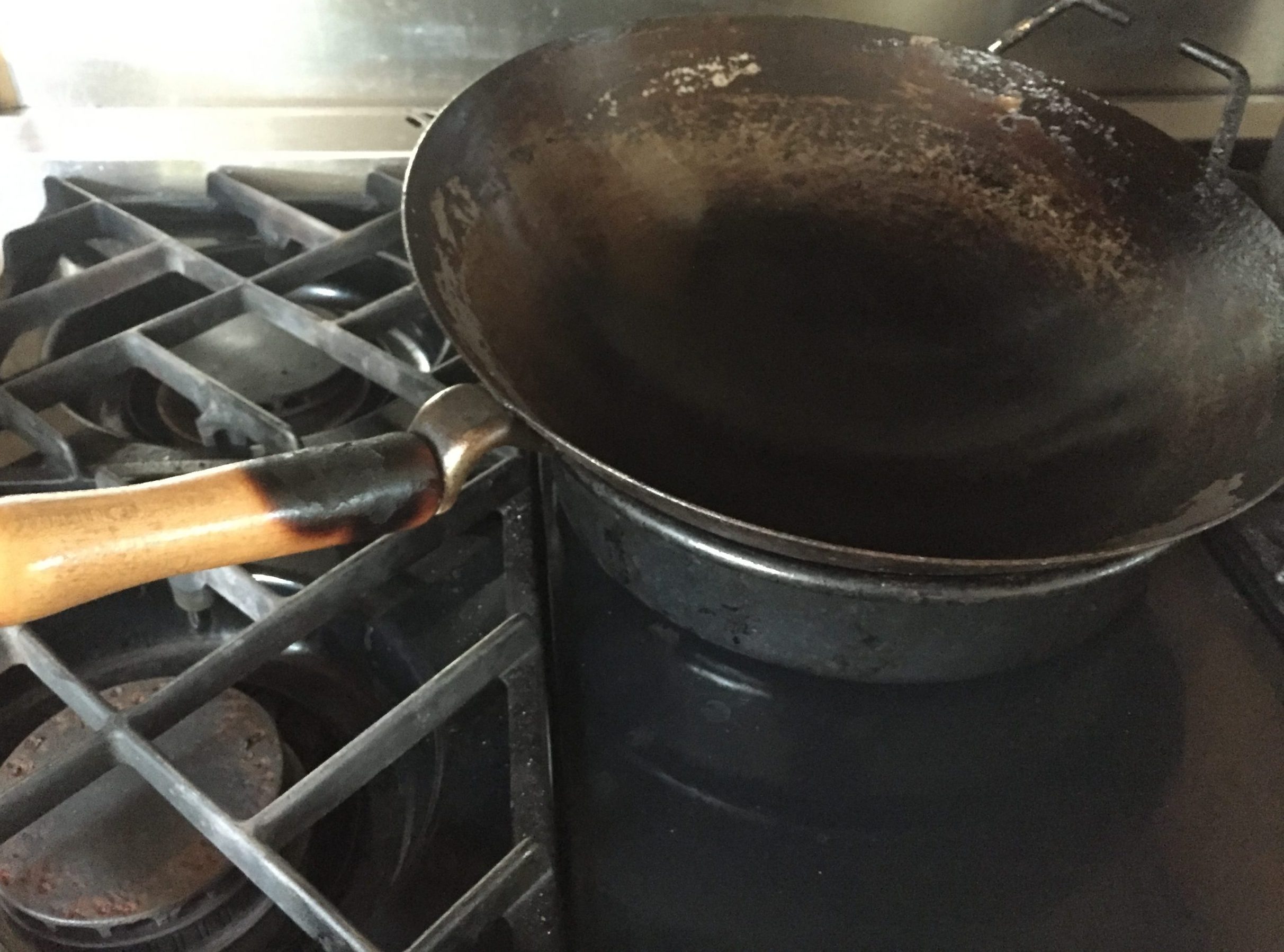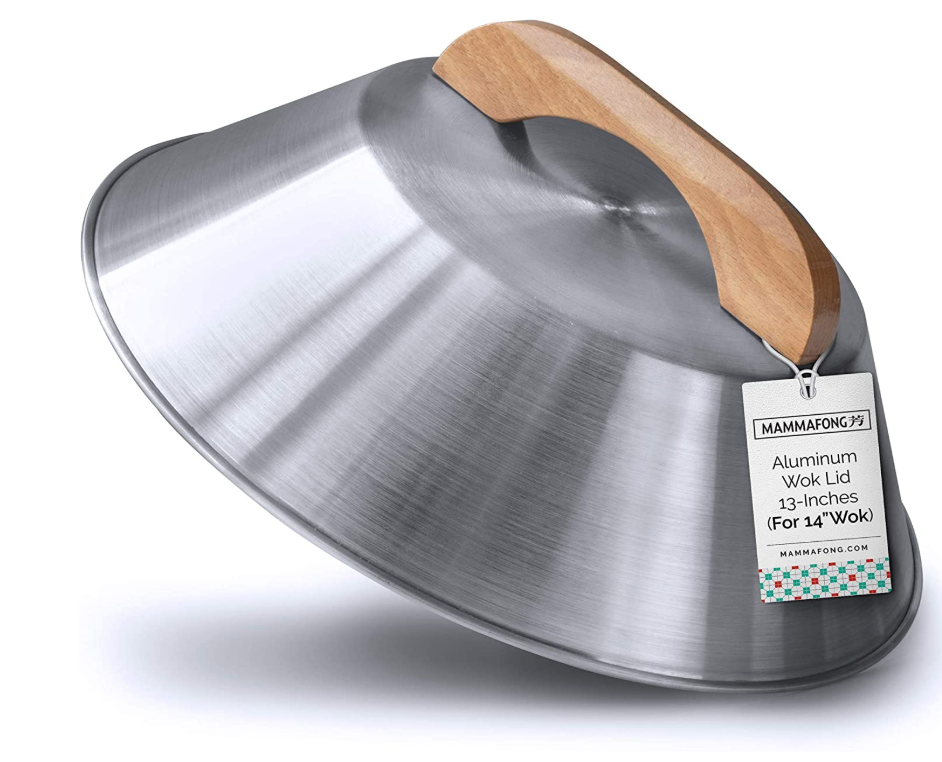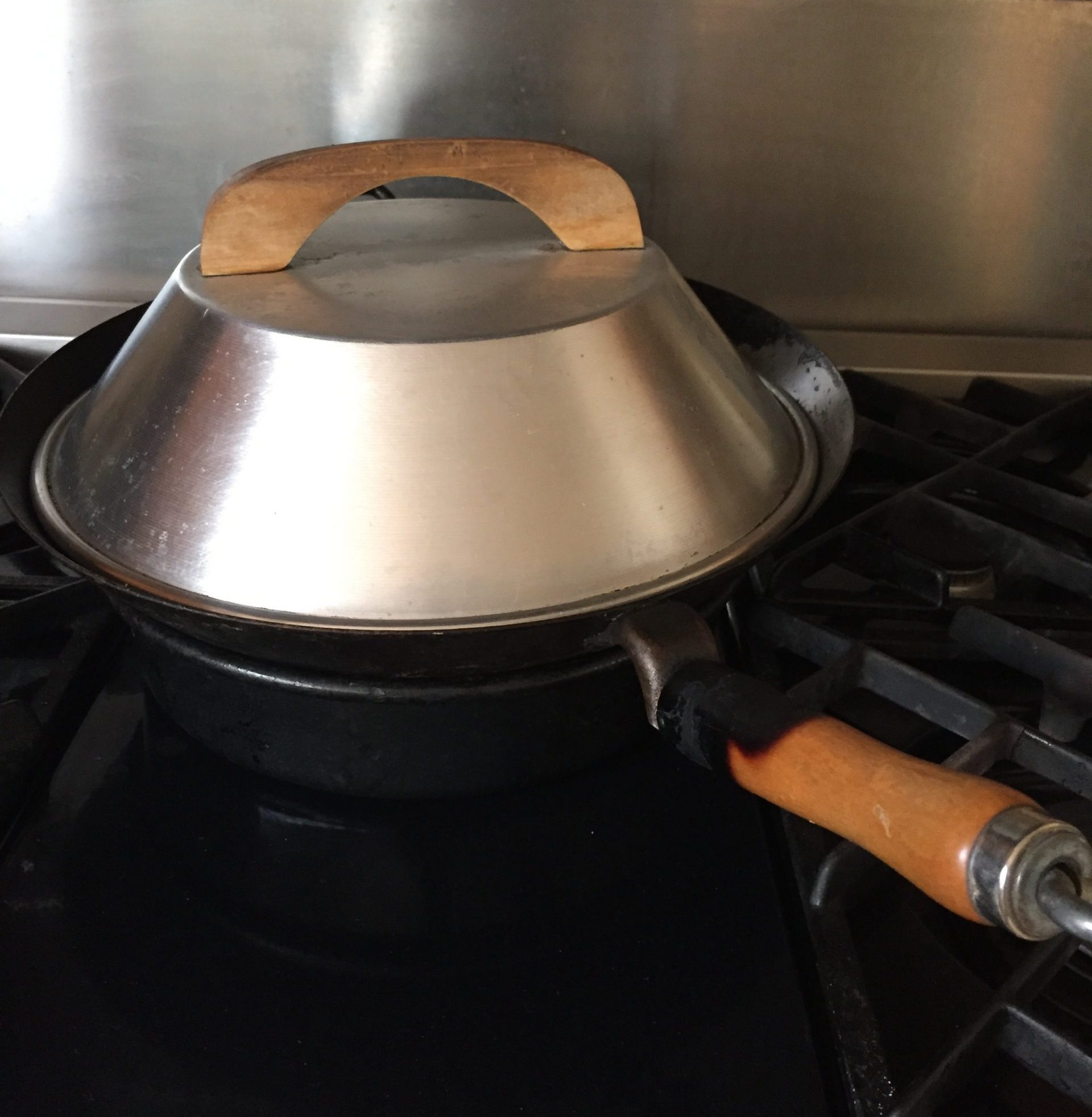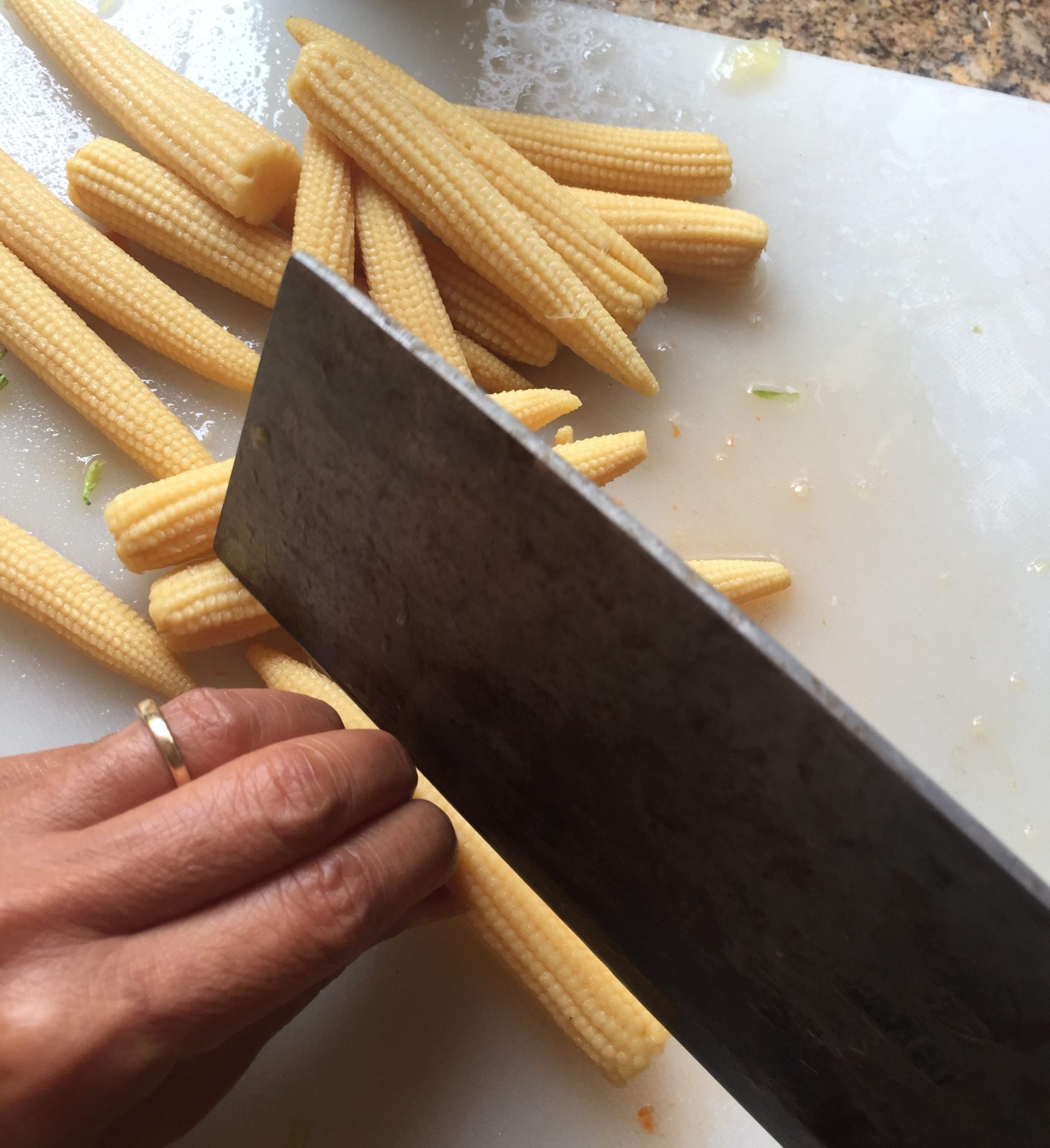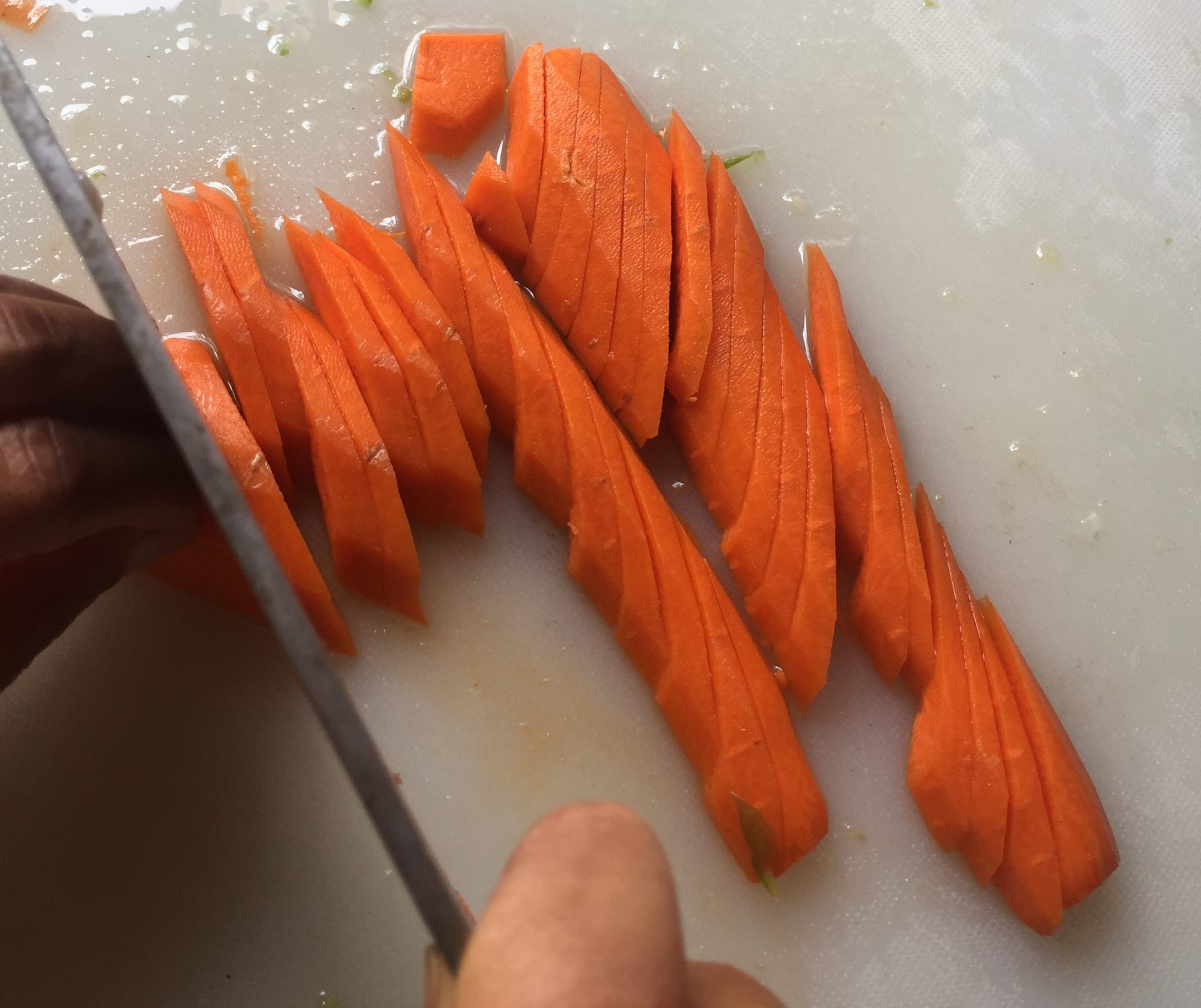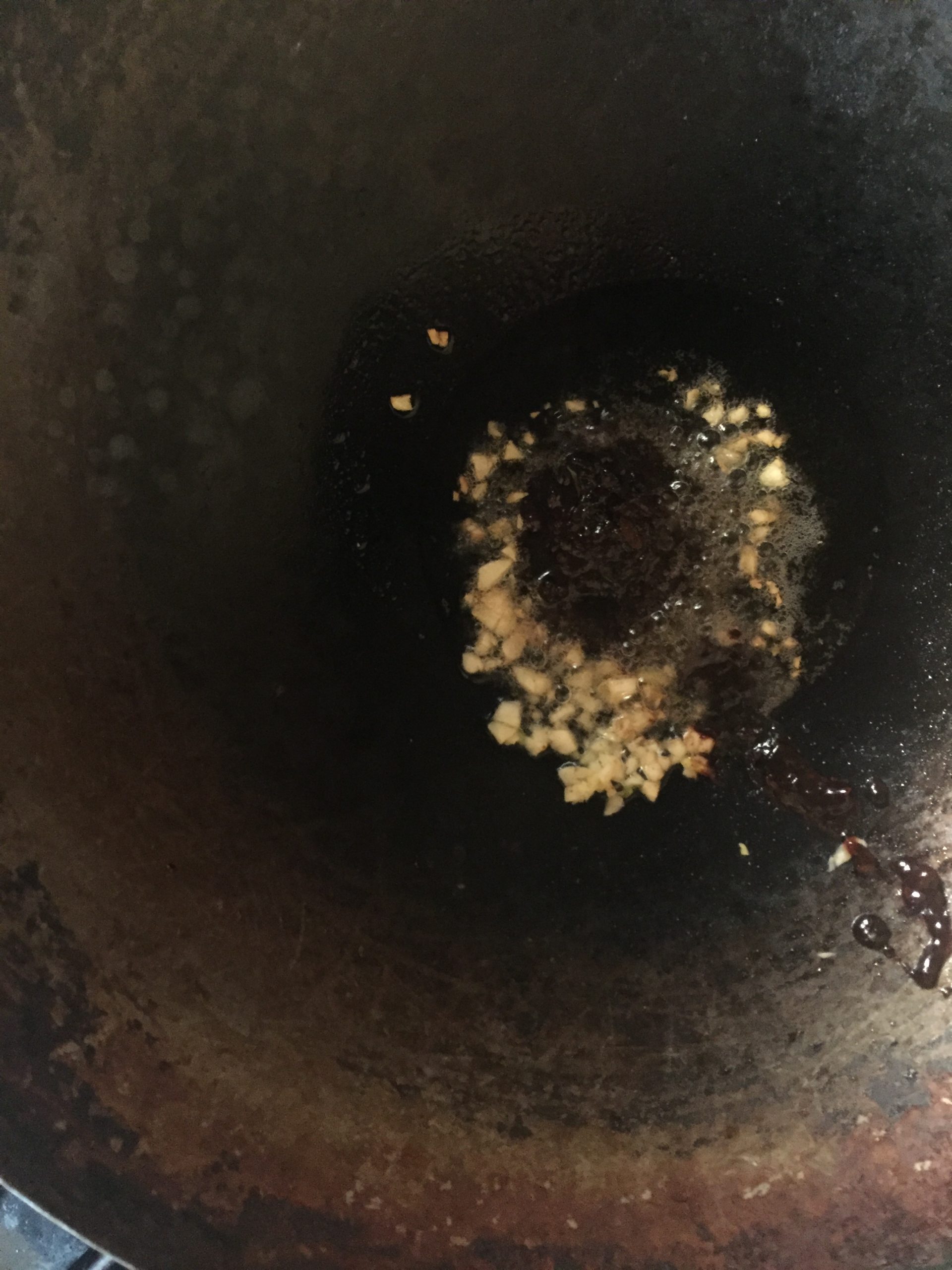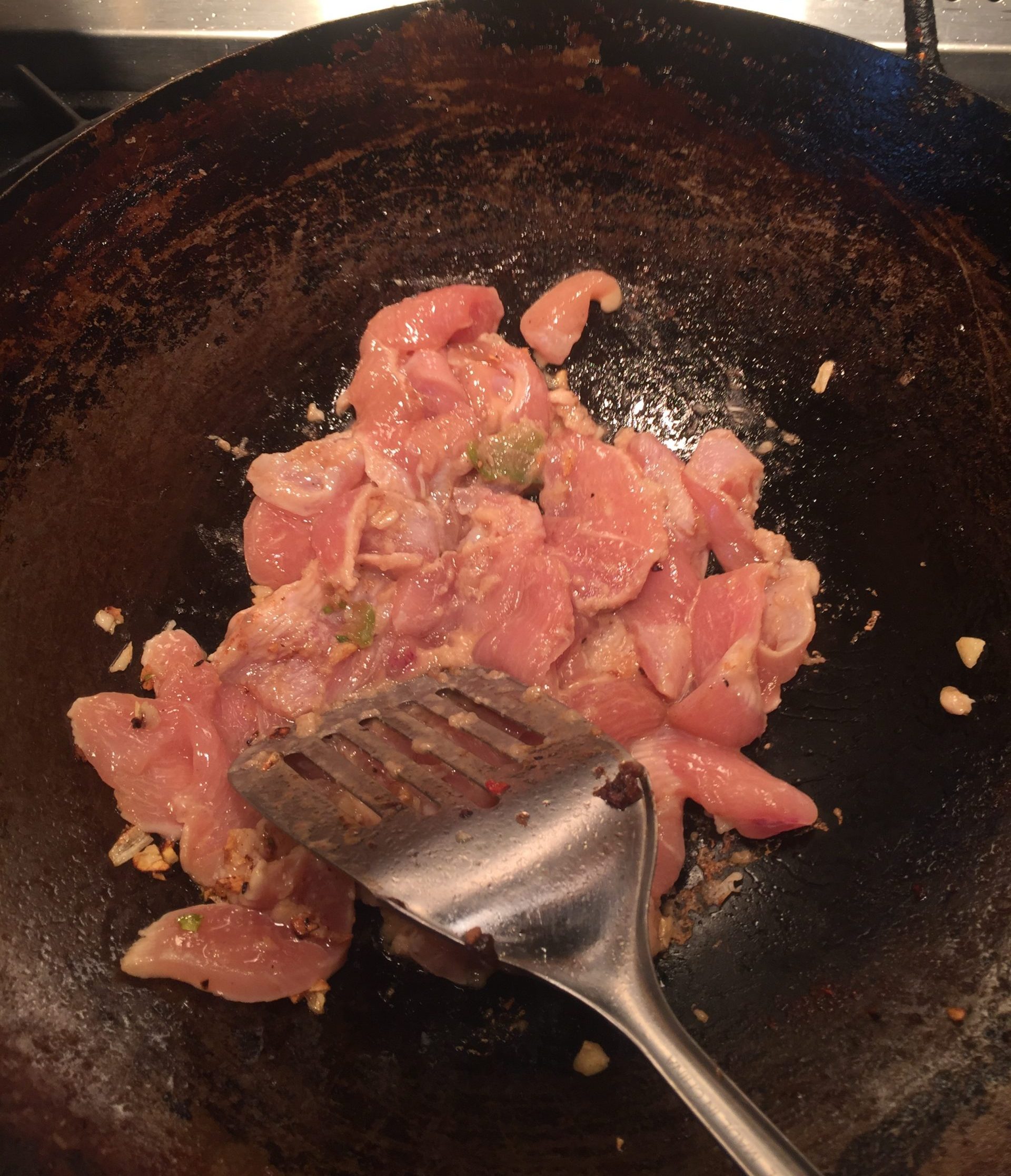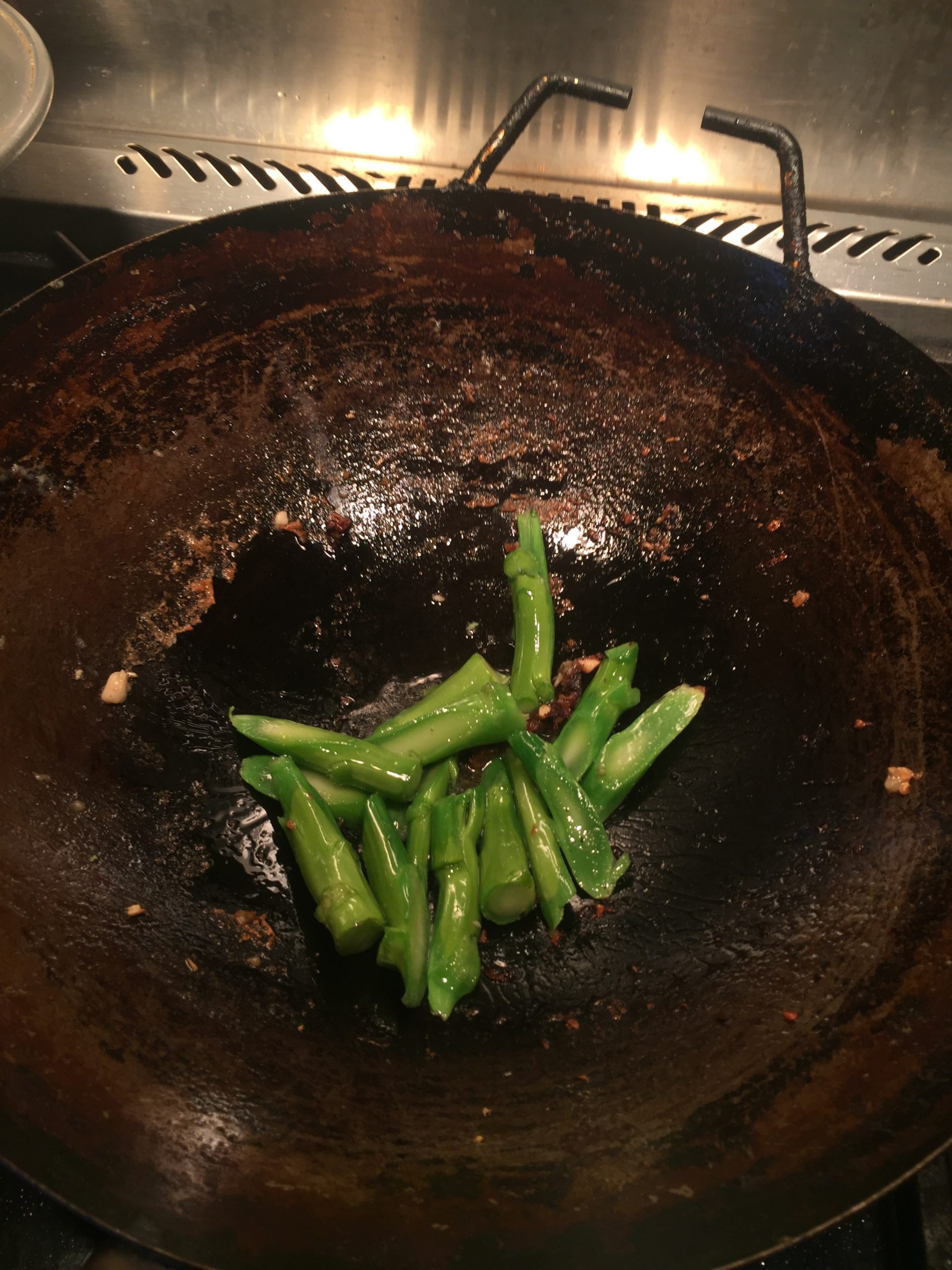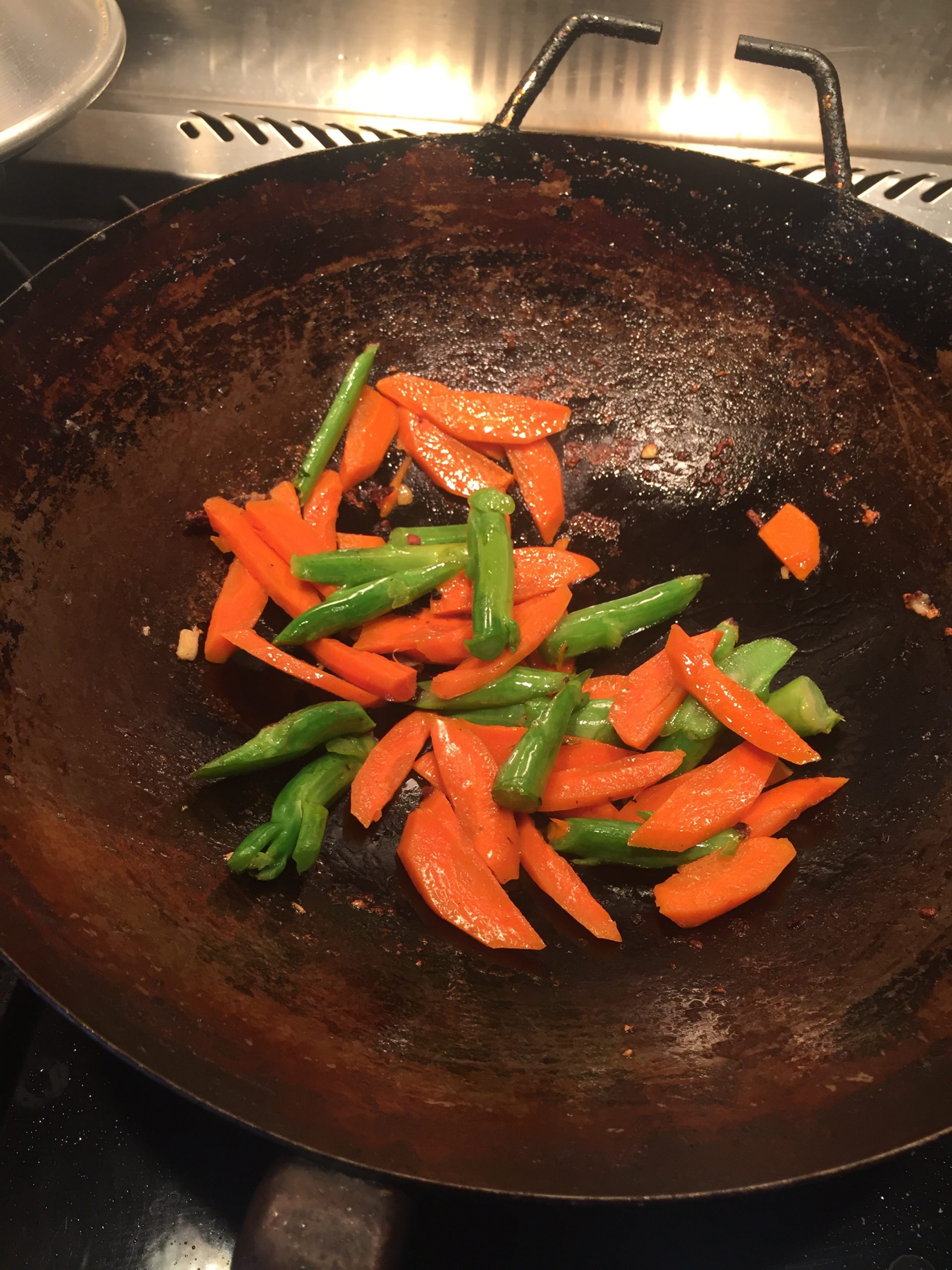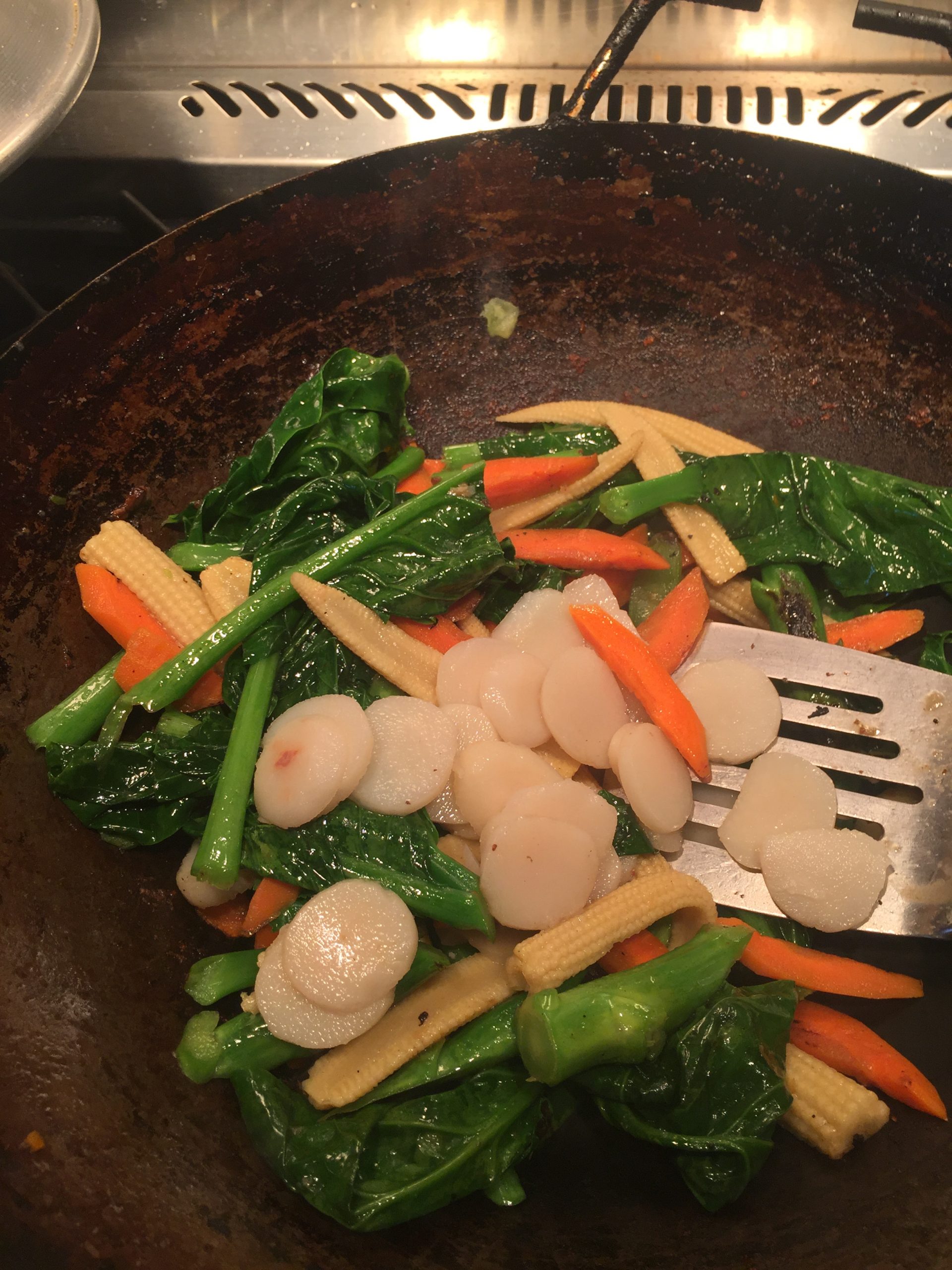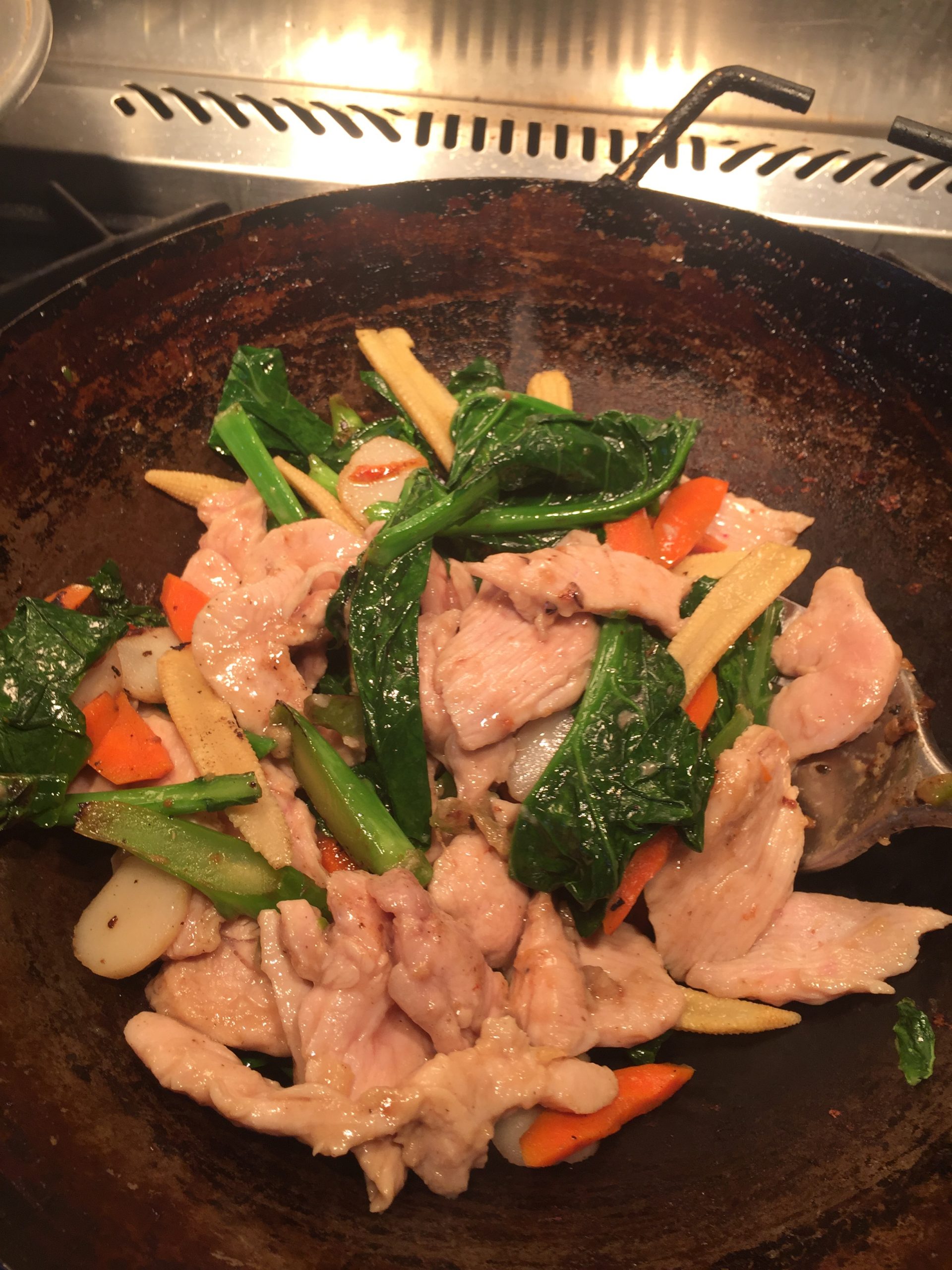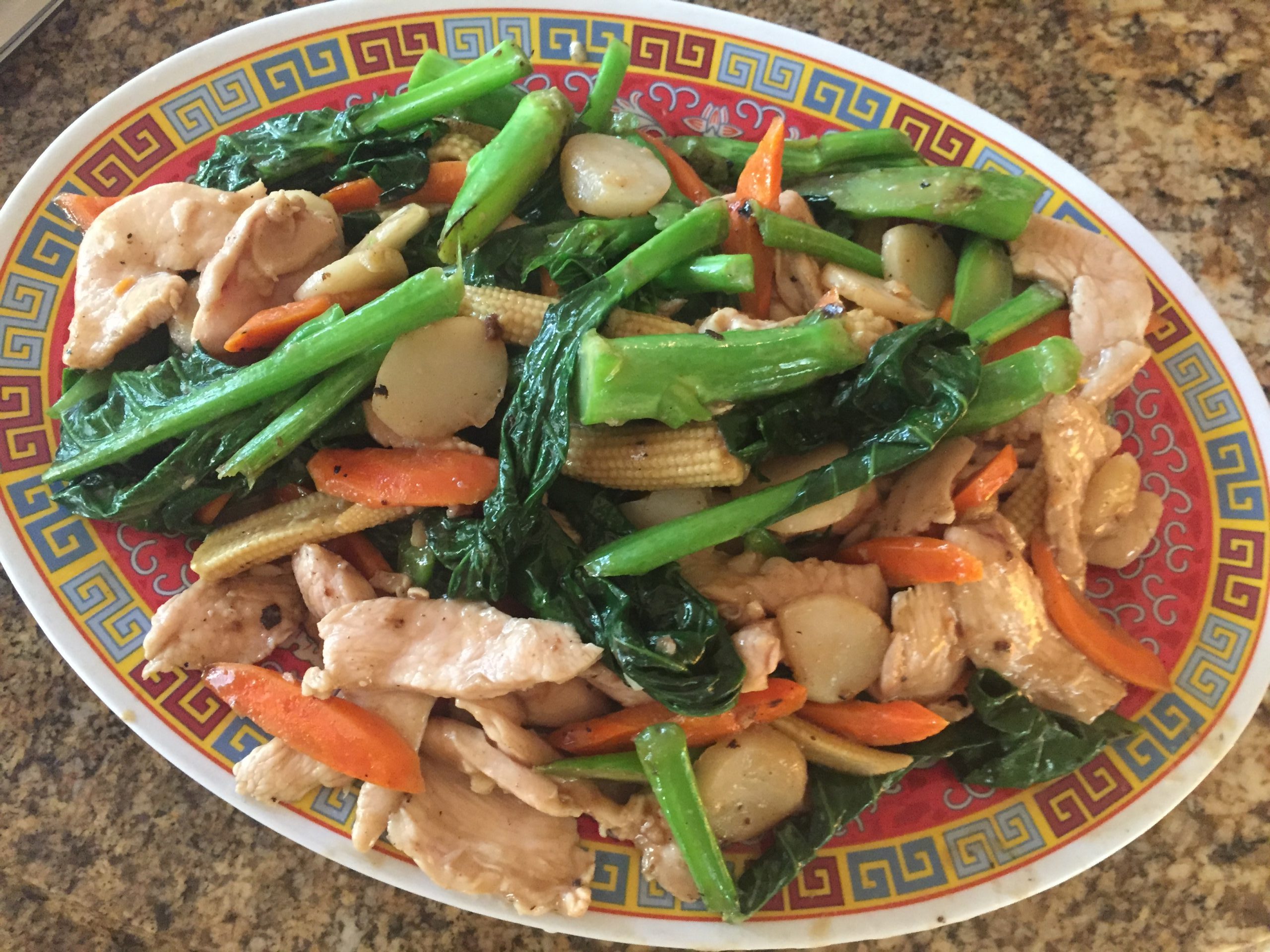0 Comments
share this
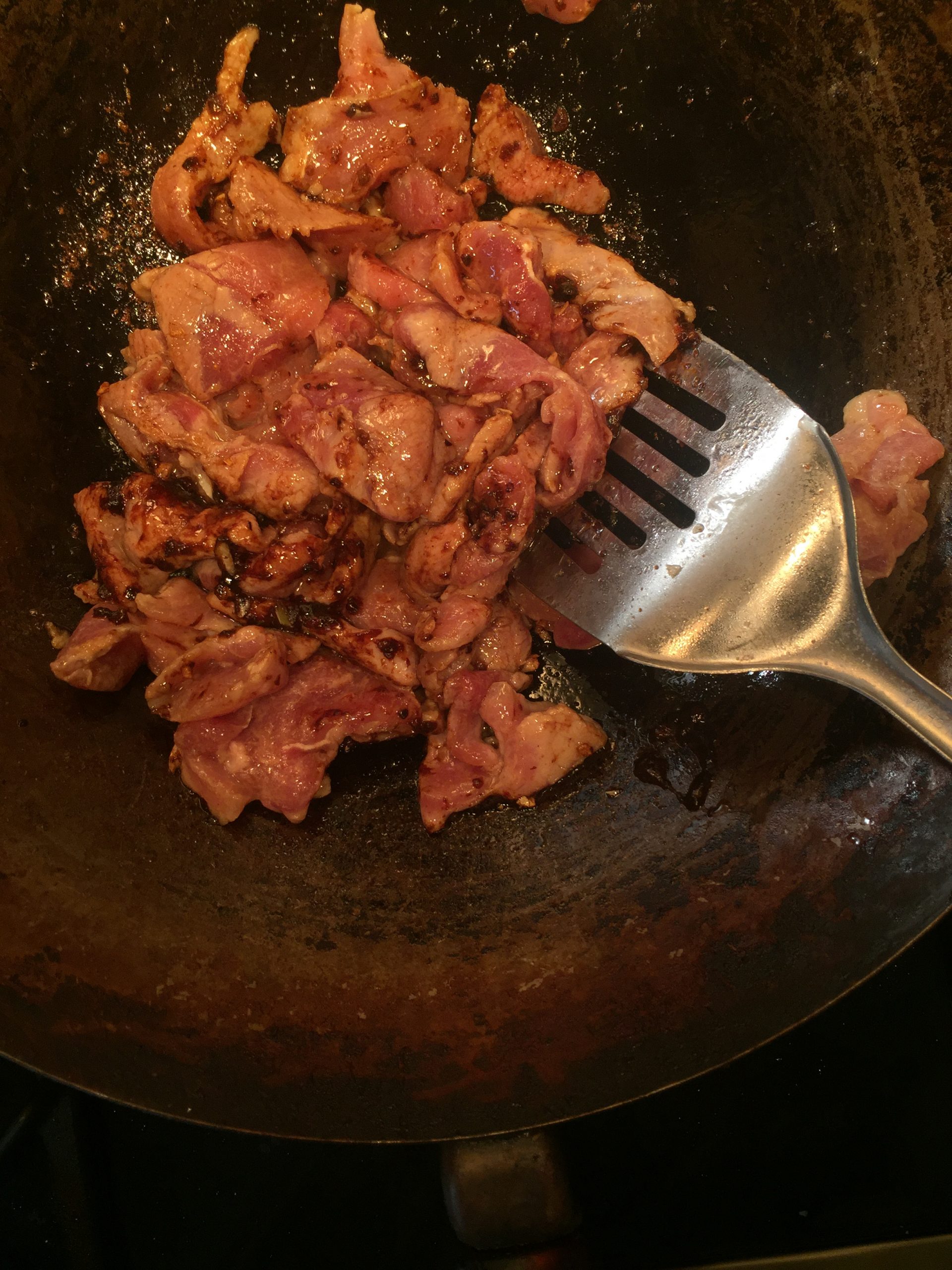
Having grown up in a Chinese household, I took stir frying for granted. I just thought that everyone knows how to stir fry. It wasn't until my girls were in college that they started to call me to ask me how to do a basic stir fry! I realized that stir frying is a learned skill and understanding the basics, produces better results. We have hosted young couples at our home and given them a Chinese stir frying 101 class. It has been wonderful to see when the lightbulb goes off in their brain about stir frying!
Like any country, there are regional cooking styles and stir-fries are no different. Different regions of China have their unique spin on their stir-fry. Northern dishes tend to have more brown-sauces. Southern dishes, which is my ancestry, tend to have more "clear" sauces. The South-west region around the Sichuan / Hunan provinces have bolder, spicier sauces. I believe if you have the basic technique of stir-frying down, you can add your own additional twist to give it your unique and special taste.
Home Stir frying.
I should point out that a regular household kitchen stove's burner's flame cannot reach the temperatures of that in a Chinese restaurant. Average burner output in BTU (British thermal unit) for home ranges is 7000 BTUs. I have one of the highest BTU outputs for a household range and that only puts out 20,000 BTUs compared to restaurants that put out over 100,000 BTUs! As a result, a home stir-fry will not be able to create "wok-hei" (wok breath) that is the distinctive taste in Chinese restaurant wok cooking. It will take a little longer to fry than in a restaurant. Also, having taken some cooking classes in China and observing chefs at local Chinese restaurants, the amount of oil used in home-cooking (at least in my home) compared to the restaurants is vastly different. The chefs would literally use a ladle and pour about a half a cup of oil into the wok. I try to cook more healthy and use a few tablespoons of oil.
Now that you know what is achievable in the home environment, here are some tips that everyone should know in order to have success and consistency with stir frying.
So, if you're brand new to Chinese stir-frying and want to get started, I have a list of Chinese cooking essential ingredients that will help you get the basic ingredients for Chinese dishes.
Equipment.
Wok or pan.
Since stir frying requires high heat, the wok / pan needs to withstand high heat. Non-stick skillets are not supposed to be used on high heat. When people ask me for recommendations on a wok, I usually suggest a carbon-steel wok. The carbon steel when seasoned over time, creates a layer that acts like non-stick coating just like a seasoned cast-iron skillet. There are woks that have a flat bottom. These woks are ideal for electric stoves. If you have a gas range, pick the wok that doesn't have the flat surface, because you won't need to use as much oil.
Wok ring.
If you have a gas range and have a concave shaped wok, you will need to have a wok ring that supports your wok.
Wok cover.
A wok cover is useful to create intense heat that may be occasionally needed to cook the ingredients in the wok. The domed lid, rather than a flat lid, is helpful, especially when the wok is used as a steamer.
Technique.
Ingredient size.
Since Chinese people traditionally eat with chopsticks, there are no knives on the table to cut up large pieces of meat. Every piece in your bowl needs to be bite-size and able to be picked up with chopsticks. Therefore, when prepping and cutting your ingredients, make them bite sized or at least cut them to a size that won't require needing a knife. The smaller pieces also makes it easier to cook and toss during a stir-fry.
Consistent cuts.
Consistent cuts = consistent cooking. This means that a group of ingredients need to be relatively uniform in size in order to avoid over and under cooking. The sizes of the different groups can change. For example, keep all you green leafy vegetables the same size and all your carrots the same size.
Small batches.
Cooking small batches at a time allows you to keep the wok temperature high and stable rather than plummet with the addition of a large amount of ingredients.
High heat.
In order not to overcook your stir fry, the pan and oil needs to be super hot to sear the ingredients on the outside. This then seals and retains the moisture inside the ingredients. The concave shape lends itself to not using too much oil. Heat the wok first until it is almost smoking and then add the oil. Drizzling the oil around the sides of the wok allows you to coat more surface area with oil.
Use the correct oil.
There are so many oils available now. Every oil has a smoke point. This is the temperature at which the oil starts to burn. Since we need extremely high heat with stir frying, definitely forgo the butter and olive oil if you think you'll add a rich flavor to your stir-fry. These oils have a low smoke point. If you have a strong stove that is conducive to wok cooking and stir fry, I suggest using an oil like peanut oil that has a high smoke point.
Marinate your meat.
Always marinate your bite-sized pieces of meat before stir frying it. Your meat should marinade for at least half an hour.
Color.
I believe that color is important. Having a variety of vegetables makes for a more appealing (as well as healthy) dish. It is also important not to overcook your vegetables which result in dull, limp vegetables.
Crunch.
Besides looking appetizing, I also believe that different textures in your stir fry is important. Having a variety of textures makes the mouth feel and dish more interesting. I always try to add an ingredient or two that gives the dish a little bit of crunch. Crunch gives punch!
Here is a selection of vegetables that you can choose from to add color and crunch to your stir fries!
Vegetables for color | Vegetables for crunch |
|---|---|
Carrots | Asparagus |
Red pepper | Water chestnuts |
Chinese broccoli leaves | Lotus root |
Broccoli | Sugar snap peas |
Chayote Squash | Snow peas |
Eggplant | Celery |
Chinese green leafy vegetables | Bamboo shoots |
Shitake mushrooms | Jicama |
Baby corn | Green beans |
Zucchini / Yellow squash | Chinese broccoli stalks |
Garlic, ginger, scallion and chili
Garlic, ginger, scallion and chili are aromatics that give dishes their flavor and aroma. Almost every dish will have a combination of one or more of these aromatics. They can be sliced or minced depending on your taste preference.
Plan the order of what to cook when.
When I stir-fry, I fry the aromatics first to infuse the cooking oil. I then fry my meat. It only take a few seconds before the aromatics starts to brown so have your meat ready to add. Stir fry the meat until it's 80% cooked and remove the meat from the wok. Set aside.
I then have all my other ingredients laid out and have an idea of what to cook when. Basically, I cook the ingredient that takes the longest time first. For some green leafy Chinese vegetables, like Chinese broccoli, I'll even separate the thick stems from the leaves and cook them separately.
If you are new to stir frying, you can always remove your partially cooked vegetables and place them on a platter in order to avoid overcooking them and then add them at the end for a last toss.
Sauce.
The sauce is used to enhance the flavors of the stir-fry and is added last.
See Basic Chinese stir-fry sauce.
Ta da! The meat should be moist and succulent and the vegetables should be cooked and vibrant in color. Overcooking your vegetables will result in a soggy, dull looking stir fry.

